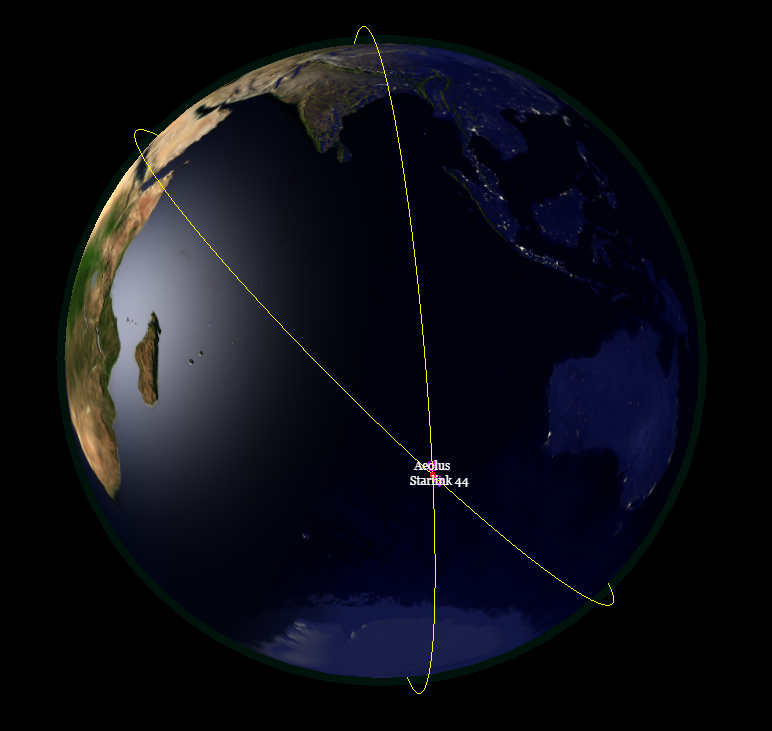On September 2, the European Space Agency (ESA) Aeolus satellite fired its thrusters to avoid colliding with a new SpaceX satellite of the Starlink constellation.
What happened?
Space traffic data is constantly being issued to national and foreign operators by the 18th Space Control Squadron of the US Air Force. With this data operators can calculate the probability of collision between their spacecraft and all other artificial objects in orbit. About a week ago, the US data suggested a potential ‘conjunction’ at 11:02 UTC on Monday, 2 September, between ESA’s Aeolus satellite and Starlink44 – one of the 60 satellites recently launched by SpaceX as part of a planned mega constellation to be a 12 000 strong fleet by mid-2020.

Experts at ESA’s Space Safety Program Office worked to calculate the collision probability, combining information on the expected miss distance, conjunction geometry and uncertainties in orbit information. As days passed, the probability of collision continued to increase, and by Wednesday 28 August ESA contacted SpaceX to discuss their options. SpaceX informed ESA that they had no plan to take action. As the ESA’s threshold of 1 in 10 000 for conducting an avoidance manoeuvre was reached ESA prepared to increase Aeolus’ altitude by 350 m, ensuring it would comfortably pass over the SpaceX satellite. On September 1, as the probability of collision increased to 1 in 1000, the decision was made by ESA to trigger the Aeolus thruster at 10:14, 10:17 and 10:18 UTC, half an orbit before the potential collision.
(Source: European Space Agency)

















































































































![A trajectory analysis that used a computational fluid dynamics approach to determine the likely position and velocity histories of the foam (Credits: NASA Ref [1] p61).](http://www.spacesafetymagazine.com/wp-content/uploads/2014/05/fluid-dynamics-trajectory-analysis-50x50.jpg)


